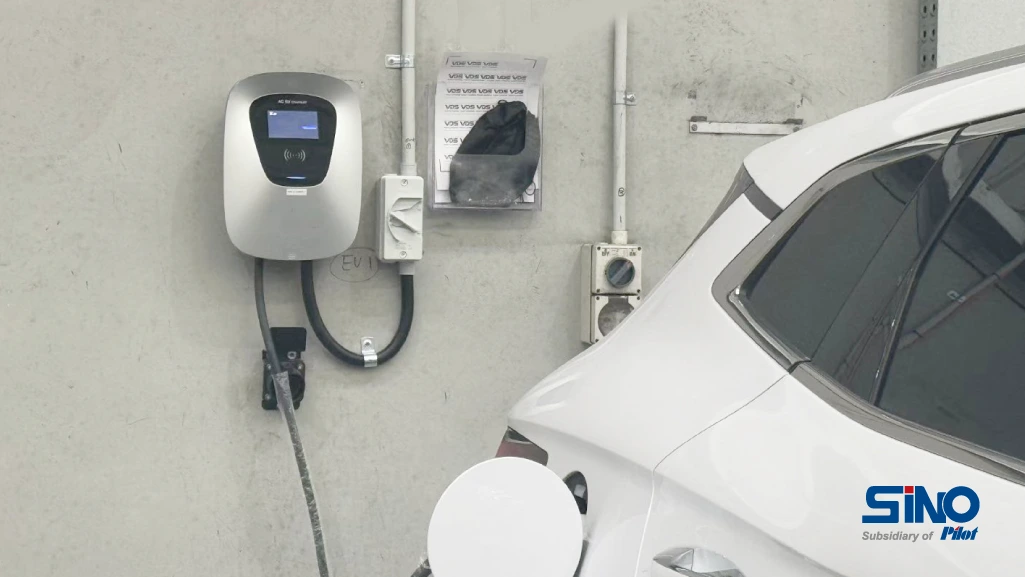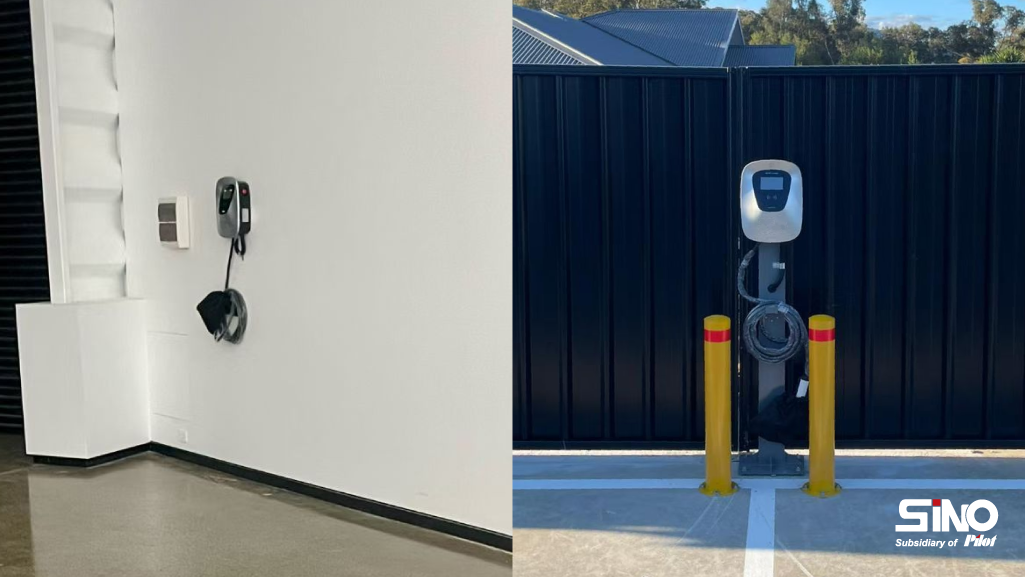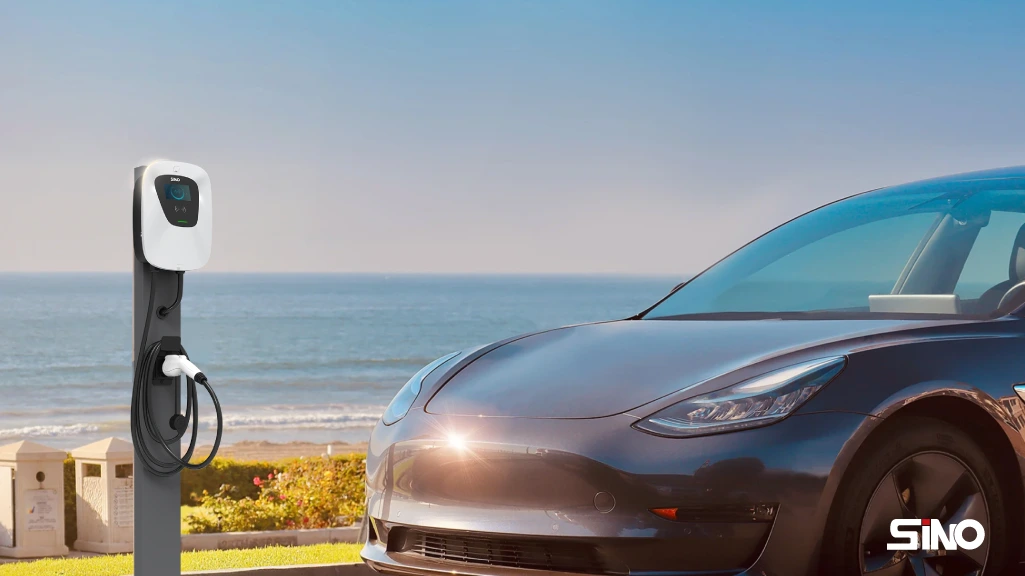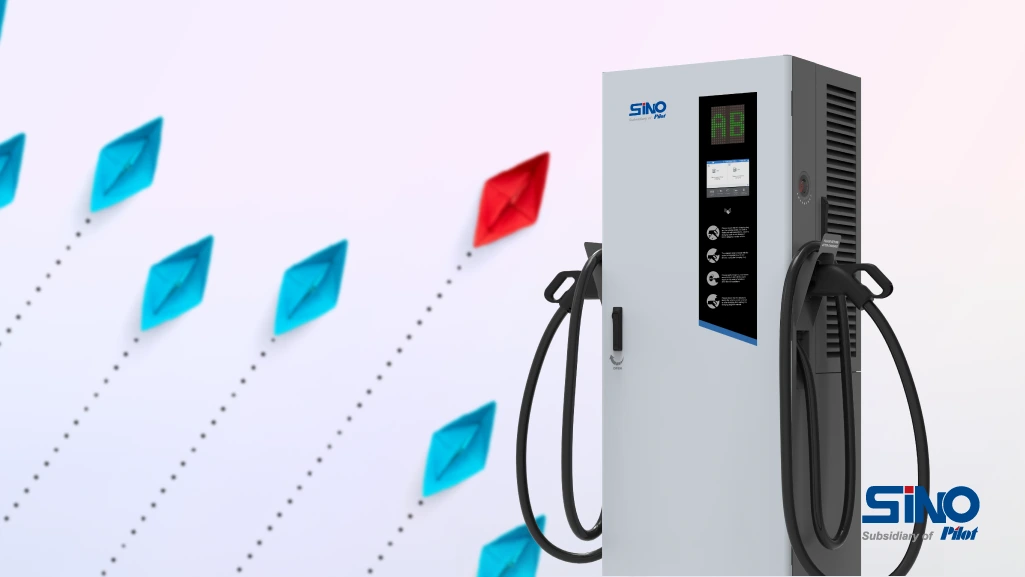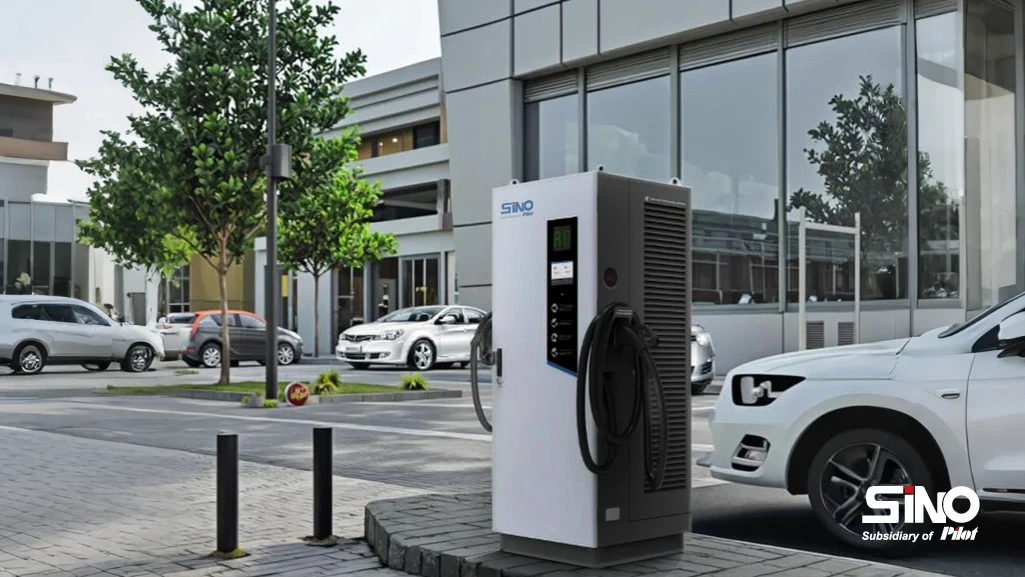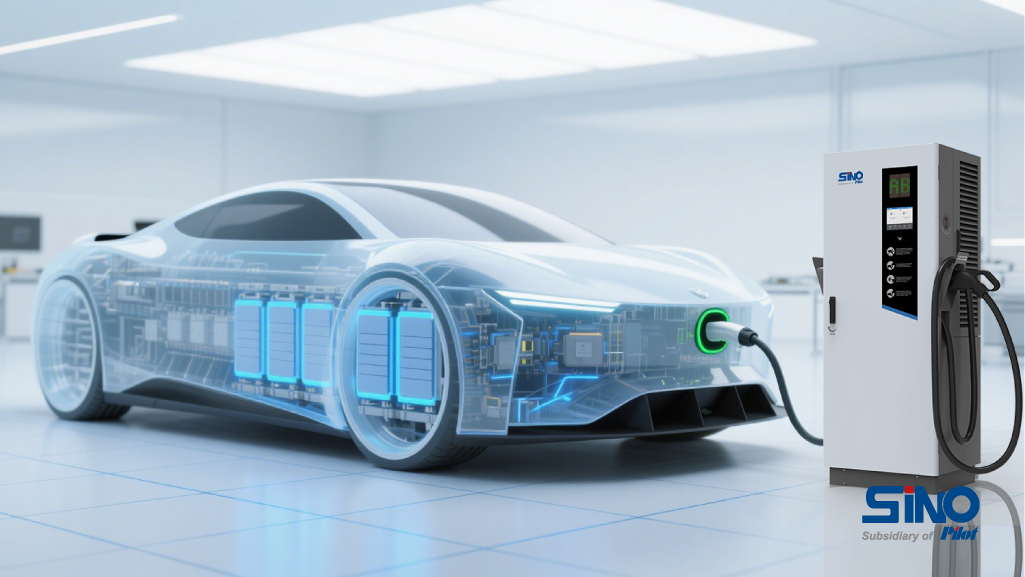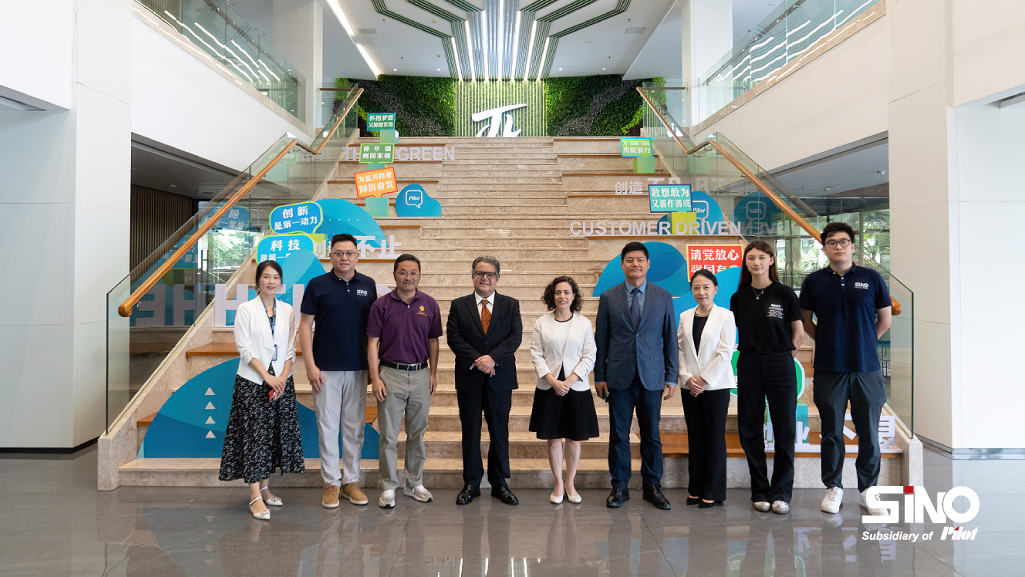Electric vehicles have surged in popularity, placing additional demands on energy systems for grid balancing and smart usage of electricity. As these demands continue to surge, innovative solutions will be necessitated in balancing energy supply, integrating renewable resources, and efficiency optimization in charging. It was therefore under these circumstances that what is called the Open Smart Charging Protocol was developed.
What is the Open Smart Charging Protocol (OSCP)?
The Open Smart Charging Protocol is the standard of communication between charging stations for electric vehicles; charging points operate with energy suppliers in that environment. It helps manage charging operations more effectively, optimizes energy distribution, and supports grid stability. That is quite important, as the demand for EVs is growing, and charging stations should become part of smart energy systems.
OSCP offers a unique capability of providing 24-hour capacity forecasts for local grids. This allows operators to anticipate fluctuations in energy supply and demand, enabling better planning and resource allocation.
The smart concept for OSCP, in turn, is part of the broader trend of energy systems being smarter and more interconnected. It contributes to solving several challenges: peak load management, energy efficiency, and renewable energy sources feeding into the grid.
How OSCP for EV Chargers Works
Data Exchange Between EV Chargers and the Grid
OSCP allows the EV chargers to interact bidirectionally with the electricity grid. Charging stations, in this context, exchange their charging status, energy use, and availability information by communicating with the grid operator. In turn, a grid operator can relegate crucial information on its capacity, price, and demand conditions.
This includes dynamic updates on grid capacity, real-time demand, and even current energy pricing, allowing charging stations to make informed decisions about when and how to charge vehicles.
This dynamic exchange allows EV chargers to adjust their charging patterns depending on real-time conditions. As in: reducing power use when the demand on the grid is high, or temporarily halting charging when the grid experiences overload until the demand lessens. Such adjustments can also help reduce the overall charging time for electric cars, providing users with a faster and more efficient charging experience.
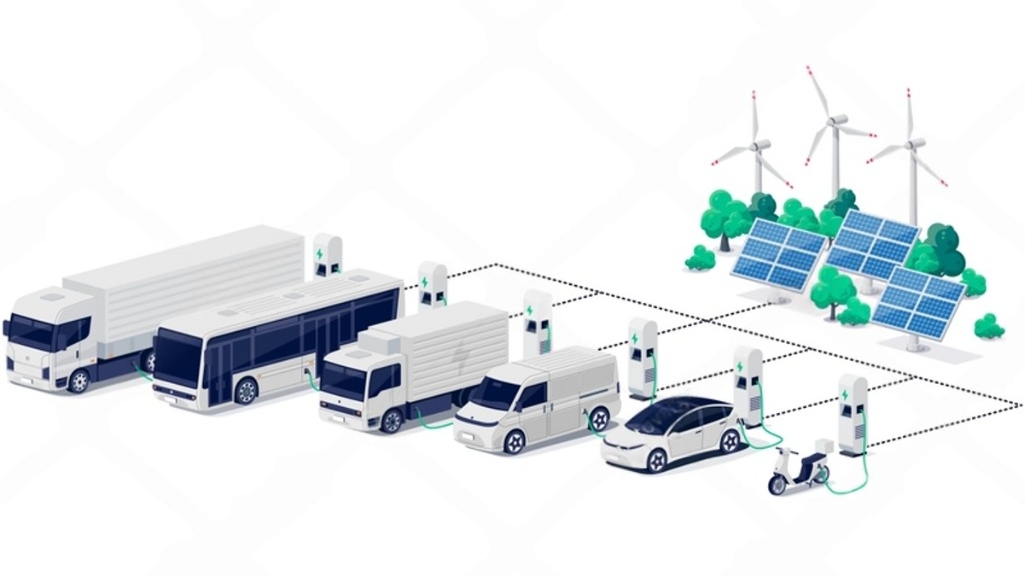
Real-Time Load Management and Smart Charging Capabilities
One of the greatest advantages of OSCP is that it enables real-time load management. The charging station talks back to the grid in terms of the best time to charge so that these EVs will be charged when demand is lessened or at times when renewable energy is available. This relieves the grid and brings down the cost of charging at consumer levels.
OSCP also allows charging operators to dynamically modify charging profiles to suit different scenarios. For example, during peak hours, the protocol can reduce charging power to maintain grid stability, whereas in periods of energy surplus, it can increase charging speeds.
Smart charging is a feature in general for OSCP, which allows the charger to adapt to variable pricing and/or availability of electricity. This may remind users to charge their vehicle when the energy is cheaper, save money from the lower rate.
OSCP for EV Charging Networks
Rising Interoperability
One of the key issues that OSCP addresses is to improve interoperability among the numerous different EV charging stations, energy providers, and grid systems that exist. Historically, before OSCP, producers and operators at large often used proprietary protocols that made it difficult to gain access to the charging stations for owners of various networks.
OSCP addresses this by providing a common protocol that all charging stations, regardless of brand or location, can adopt. Therefore, any EV can be charged from any station that supports OSCP, further enhancing convenience for the user and, in turn, complete accessibility of the network as a whole.
This feature is especially valuable for commercial charging solutions, which often require a unified and scalable network to support diverse user needs across different locations.
Better Energy Management
OSCP raises energy management to the next level by providing communication between the chargers and grid operators. Real-time monitoring, with data exchanged, will allow more accurate energy demand forecasts. It helps utilities to balance their supply and demand to avoid overloading or blacking out the grid system.
Additionally, OSCP supports grid operators, such as Distribution System Operators (DSOs), by offering insights into local grid capacity and load predictions. This collaborative approach ensures that energy resources are optimally utilized, benefiting both grid operators and charging point operators (CPOs).
OSCP also fosters the use of renewable energy sources. Charging stations can be programmed to take their supply at periods when the solar or wind energy is in plenty, hence fostering a greener energy mix.
Sustainability Supported
The role of OSCP in fostering sustainability in the EV charging ecosystem is absolutely fundamental. Due correspondence of the amount of energy from EV charging to grid capacity and renewable energy availability decrease carbon footprints. In addition, it helps in demand response strategies that avoid unnecessary use at peak times.

OSCP vs. Other EV Charging Protocols
Comparison Between OSCP and OCPP (Open Charge Point Protocol)
While OSCP focuses on smart charging and interaction with the grid, another popular EV charging protocol is the Open Charge Point Protocol, commonly referred to as OCPP. OCPP is widely in use for managing charging stations but lacks some of the advanced grid communications capabilities offered by OSCP.
The main difference is that OSCP focuses directly on optimal energy consumption and stability in the grid, whereas the goal for OCPP is more general, looking towards the communication of a charging station with central management systems. As such, OSCP- with its direct relationship with grid activities and real-time control of loads-can more optimally control energy consumption with increased numbers of EVs.
Benefits of OSCP in Smart Energy Networks
OSCP is exceptional among other smart energy networks because it supports real-time data exchange, dynamic load management, and flexible charging schedules. This is because, with OSCP, the EV charging stations can function better toward sustainability and with reduced environmental influence while ensuring stability within the grid network. Compared with other protocols in this respect, OSCP ensures significantly better support for demand response and integration of renewable energy resources.
Implementing OSCP in EV Charging Stations
Steps to Integrate OSCP with Existing Charging Infrastructure
Implementing OSCP at an operational EV charging infrastructure needs quite a bit of planning. First, there has to be an assurance of compatibility between existing charging stations with the OSCP standard. These may often entail hardware and/or software upgrades in older stations to enable OSCP communication.
Next, the network operators will have to configure their systems so that real-time data can be exchanged with grid operators. This means integrating OSCP into energy management systems that can allow dynamic load balancing and grid optimization.
Finally, training the staff and educating users about the advantages and possibilities of OSCP in order to ensure a seamless transition and widespread uptake.
For EV charging manufacturers, integrating protocols like OSCP offers a competitive advantage by aligning their products with smart energy trends. This ensures compatibility with dynamic grid requirements and enhances the value of their charging solutions in a rapidly evolving market.
Common Challenges for Using OSCP
While OSCP offers several benefits, its implementation is not without costs. Probably the major cost is that of upgrading existing charging infrastructure. Most of the older charging stations may need significantly changing hardware or EV charging management software in order to accommodate OSCP, which is a barrier for most operators.
Another challenge is ensuring that all parties involved in the energy ecosystem (such as grid operators, utilities, and charging point operators) are willing to adopt and adhere to the OSCP standard. Most times, this requires multi-stakeholder collaboration and alignment, which may at one time or another prove cumbersome and not easy to achieve.

Conclusion
OSCP is the new frontier in integrating EV charging into modern energy grids. From grid stabilization, efficient energy use, and greater inclusion of renewables, it is setting the benchmark high in smart energy systems.
Looking ahead, the adoption of OSCP everywhere brings in more value: increased energy savings, enhanced grid resilience, and reduced carbon emissions. In fact, embracing OSCP will not only be a technical decision for EV charging operators and energy providers but also for the policy maker a strategic step to a connected, sustainable future.
FAQs
1. What is OSCP, and how does it apply to EV charging?
OSCP opens up direct communication between EV chargers and grid operators, as well as energy suppliers. It offers optimization of charging by load management, thereby aligning the consumption of energy with the grid capacity and easing strain on the system for better energy efficiency.
2. How does OSCP differ from OCPP?
While OCPP focuses on the operational management of charging stations, OSCP works out grid interaction, energy usage optimization, and support of real-time load management. While OSCP enhances grid stability and enables higher integration of renewable energy sources, OCPP is designed for operational management.
3. Can OSCP be implemented in existing charging stations?
Yes, OSCP can be incorporated into the currently existing infrastructure; however, hardware or software upgrades may be needed to make the current infrastructure OSCP compliant. At times that means changing communication systems as used for real-time data interchange with the operators.
4. What are the major concerns associated with the use of OSCP?
The major concerns include upgrading the current charging infrastructure and making it reach most of the stakeholders, utilities and charging point operators.
Our Social
Facebook: www.facebook.com/sinoevc
Instagram: www.instagram.com/sinoevc
Linkedin: www.linkedin.com/company/sinoevse
Youtube: www.youtube.com/@sinoevc
Twitter: www.twitter.com/sinoevc

“Charging for A Better Life”
—Zhuhai Sino Energy Technology Co.,Ltd.




